The students arrived in Warsaw on October 14-15. The host families met them at the airport and took them home. On their first evening they mostly spent time with the families. Some of them went sightseeing and shopping while others were at home.
October 16
Students met the teachers at school. The day started with an overview of the week by the Polish coordinator. It was followed by a short lecture on the use of smartphones.After the lecture the students and teachers enjoyed a coffee break.The students were instructed for their following assignment.
Before the actual workshop the students were given a chance to be active and to socialise in a local park.After a nice walk in the sun, the group was guided to the House of Culture. The students’ aim was to create a sign that should help them regulate the use of smartphones at home. They had time to come up with an original design, slogan or visual concept to put on a small placard.The idea was to implement the attitudes of using smartphones in balance with physical activity as is the aim of the project. Having finished the crafts workshop the group had a refreshing walk back to school for lunch. The final official activity for this day was physical activities with the school’s P.E. teacher. In the evening many families co-operated and took the children out to swim, go-kart etc.
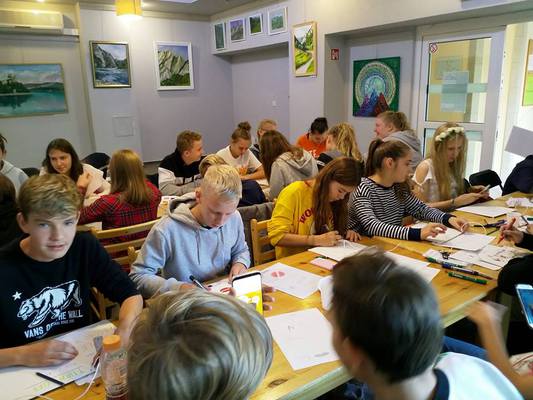 | 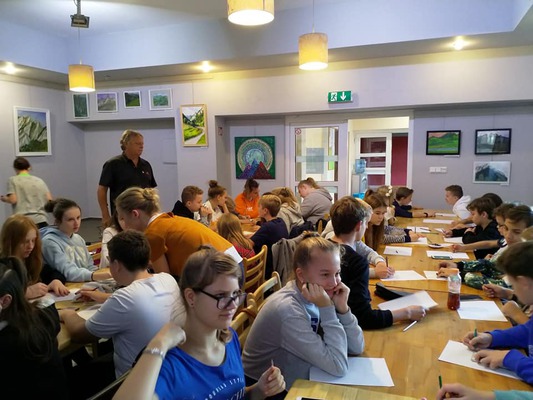 |
| | |
October 17
We started our day in front of the Palace of Culture in Warsaw. The group was divided in half. Both groups had a tour guide and were shown around the centre. The students were driven to various locations by a vintage bus from the seventies. The guide gave the students some interesting facts about the different parts of Warsaw. The tour ended on the other bank of the river at the Neon Museum. There the students were divided into groups of five. The groups were international. The students learned about the history of Neon signs in Warsaw. After that the students went on to do activities with the host families.
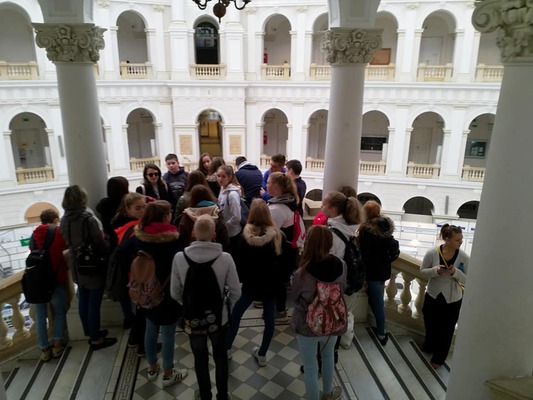
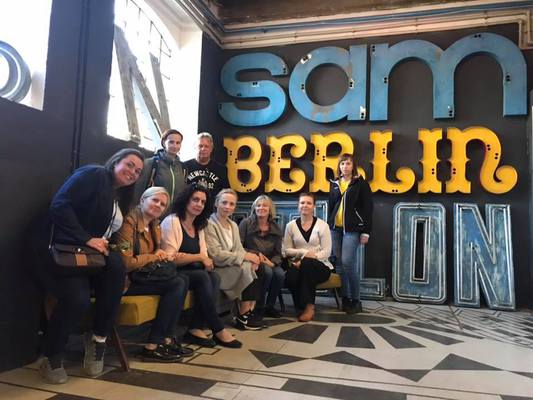
October 18
The students started their day with a walk around Old Town Warsaw and the journey took us to an exquisite culinary workshop. The students were divided into international groups by random draw. They started the cooking competition in groups of 10. This time it was clearly visible that all of the students interacted in English and felt rather comfortable doing it. Since thèy were preparing Polish dishes which were foreign to them, thèy had to make themselves very clear. We ended up with four delicious dishes. The students were tired but happy. They ate all the food that they had prepared. After the workshop they walked to the Planetarium and saw a film about black holes. It was a fascinating experience because the children could feel as if they were in space. This day was the longest and the most tiresome for the students. The evening was spent with their hosts.
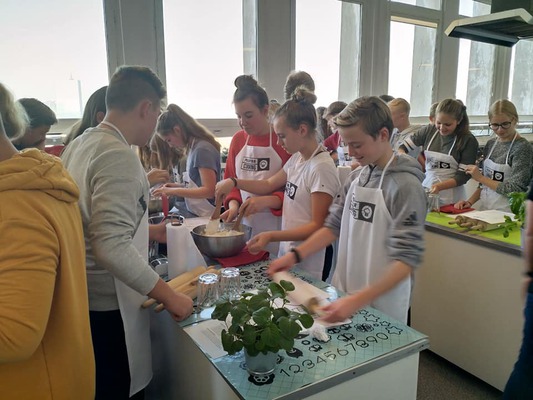 | 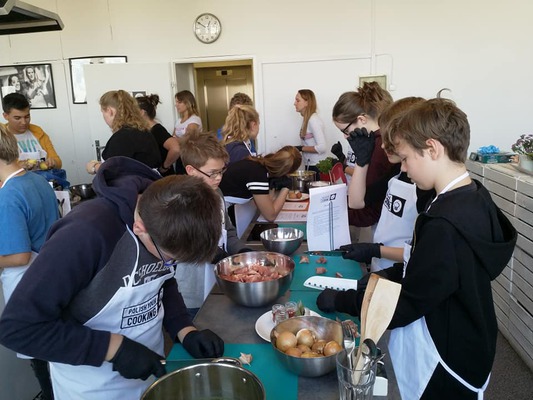 |
October 19
Schoolday #2.We started our day with meeting the headmistress and the head of education in the municipality. The Polish students had prepared a few songs with their choir. The whole group also sang the Erasmus+ song Together. Then the Polish teacher gave a lecture and started a discussion on the topic of smartphones in school. The idea was not to forbid the use of smartphones but to regulate it effectively. Having sung and being entertained we continued with a coffee break and the students went on a school tour which was guided by some of the Polish students. The focus of the day was on the workshop. The students were divided into teams by nationalities. They were given so called phone homes. Small houses made of wood. The aim was to decorate the houses so they could bring them home and start using them in classrooms as a way to regulate smartphone use by leaving the phones in a designated area before the lesson.
The school served the students a satisfying lunch and the day ended with some physical activities at the tennis court. The whole day was also being professionally filmed so that the project would have evidence of the actual work. Each country was also given a chance to say something about the project. This way it is possible to promote the proječt and its aims. The students had evening activities with their host families.
October 20
The students’ first activity was the trampoline centre. They had a chance to be active together with their group before going home. After that was the official sign-off ceremony. During lunch the students were handed their certificates and thus the exchange project week ended. Now it was time to pack up and begin the journey back home. The students’ hosts brought them to the airport/ train station and said their emotional yet happy goodbyes.
Conclusion
Overall the week was packed with physical activities and the students found ways to use their smartphones effectively during these activities. The participants could communicate in real life and also via Messenger etc. The third meeting of the project was successful. The students were already familiar and felt more comfortable with each other. This made it easier for them to actually work together in random groups and share their experiences.
Video Player